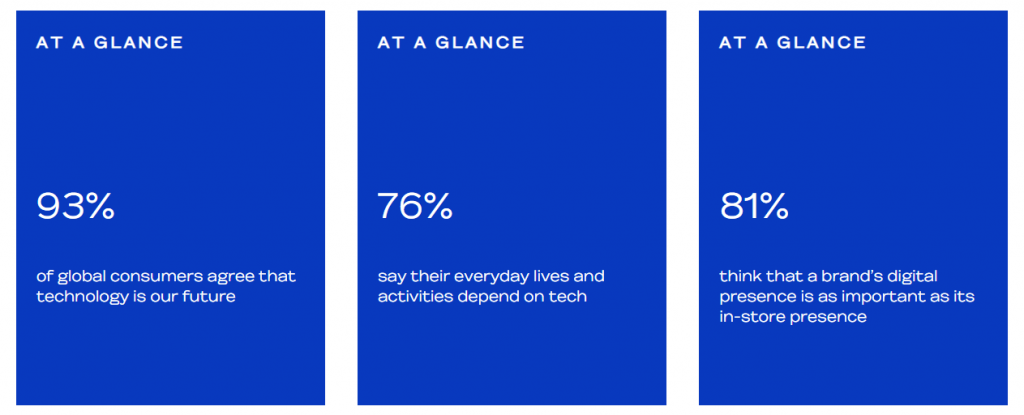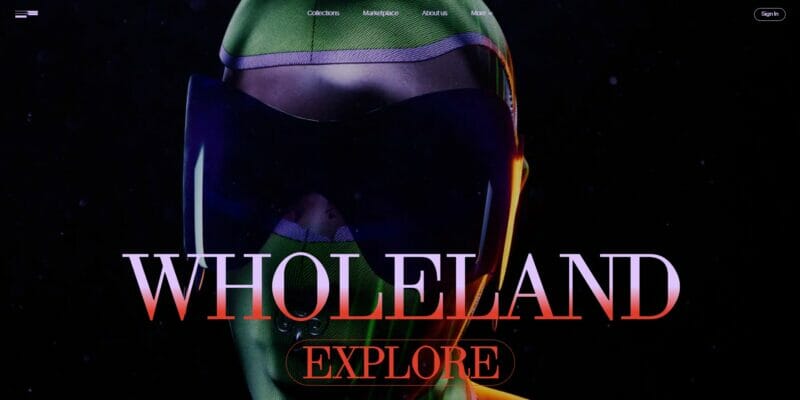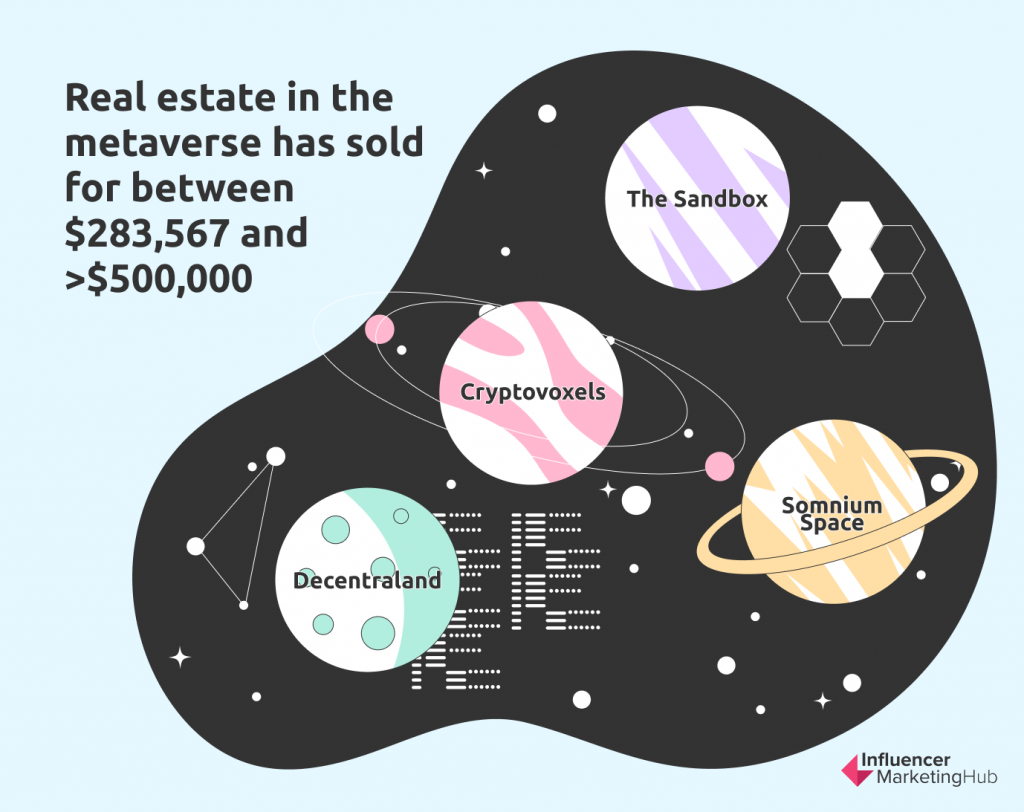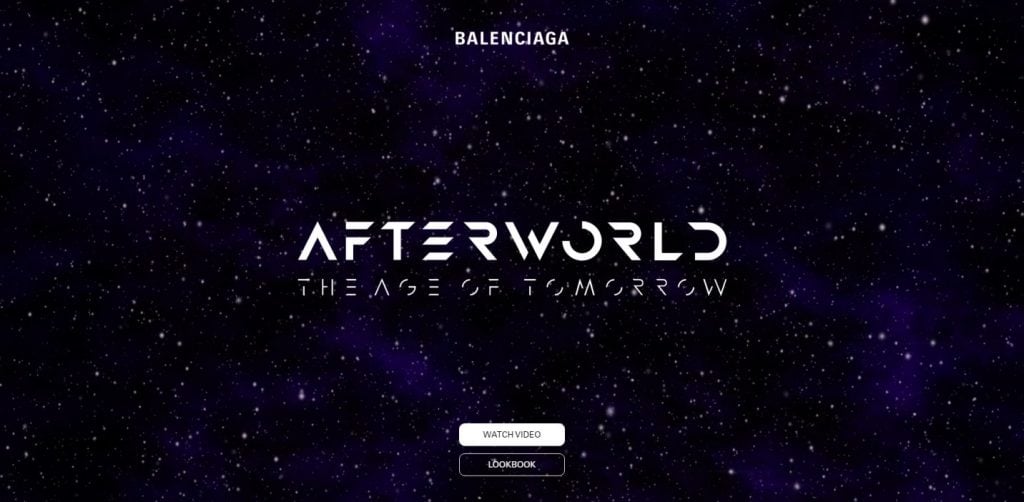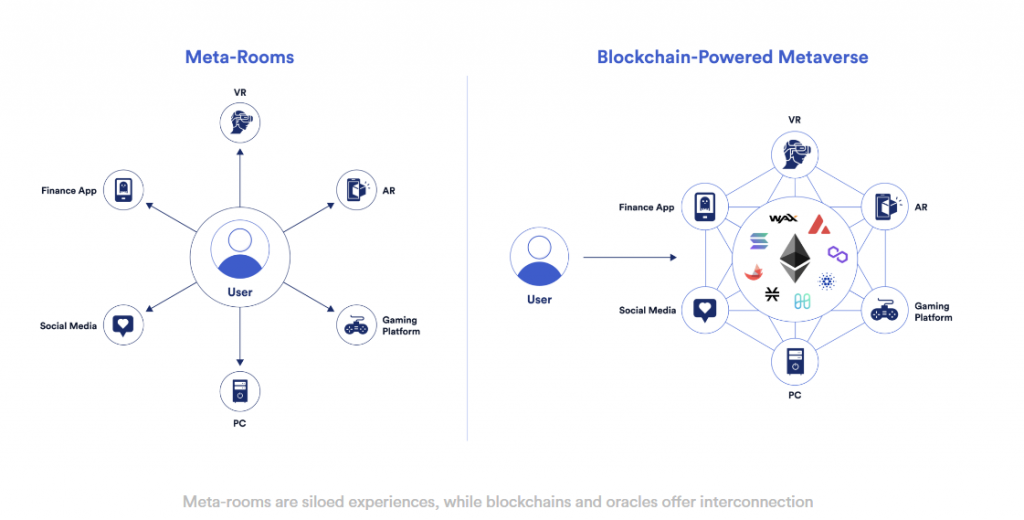The tech world is always full of jargon and buzzwords, and one that has been making waves in the news recently is “metaverse”. The word itself has captured the imagination of practically everyone in the world, from tech giants and venture capitalists to everyday people like us.
In what seems like a chapter of a classic science fiction book, we’ve arrived at the metaverse, one of the results of technology’s continuous evolution. Years of innovation have brought the onset of increasingly virtual worlds, accessed through games that leverage cryptocurrencies or non-fungible tokens (NFTs), social networks, and augmented reality applications. These, along with other tech and digital innovations, have spurred the growth and expansion of a virtual world.
The metaverse, while still in the relatively early stages of development, is an all-encompassing virtual world that covers not only games, such as Fortnite, Minecraft, and Roblox, modern tech, and mobile internet, but also marketing and finance.
But what is the metaverse? How can you get there—is there a roadmap or a set of directions to follow, or would you only need auxiliary gadgets to access what could potentially be the world of the future? How can it potentially reshape the world as we know it?
State of the Metaverse:
What is the Metaverse?
The metaverse is defined as a synthetic virtual environment that’s still grounded or parallel to the real world. It provides a three-dimensional experience, allowing you to “explore” a virtual landscape with the help of virtual reality (VR) headsets or augmented reality (AR) goggles.
Simply put, it’s a digital world that’s full of possibilities—a new frontier focused on virtual experiences, where anything you can imagine can be realized. In the metaverse, you can do so much more than just exploring. You’re free to create different environments and even transact using digital assets or currencies.
Venture capitalist Matthew Ball, who has covered the metaverse extensively, attempts to define the metaverse as an interoperable network of 3D worlds with a massive scale that’s rendered in real time. These virtual worlds can be “experienced synchronously and persistently” by an unlimited number of users who have an “individual sense of presence”. He notes that the metaverse—a network of interconnected and interoperable experiences—is often misdescribed as virtual reality and argues that VR is only a small part of the metaverse. The former is used to access or experience the latter.
You might be surprised to find that the metaverse isn’t an entirely new concept. The term itself was first coined by Neal Stephenson in his 1992 science fiction novel Snow Crash, which, after 29 years, is now considered a “cyberpunk classic”. The book features a dystopian world, complete with virtual reality, smartphones, and wireless internet, where people explore an online world using their avatars. By wearing goggles and earphones, they can access the metaverse, an online world far removed from their own, to escape their dystopian world.
As we increasingly shift our activities online, and consequently, into virtual worlds, we’re taking baby steps into this new world. New and emerging tech lean toward cultivating this digital environment, with hardware and programs connecting us to virtual, augmented, and mixed realities, allowing both physical and virtual worlds to integrate.
It’s predicted that the extended reality (XR) market size will reach $345.9 billion by 2030. XR is an umbrella term that encapsulates immersive technology, including virtual, augmented, and mixed reality. Devices under XR include cameras, microphones, and sensors, all of which are used to create a simulated environment while allowing you to still interact with reality. The growing popularity of XR is one factor that will continue to shape the metaverse.
If you’ve ever played video games like Roblox or Fortnite, then you’ve created your own virtual environment and explored a world populated by avatars. If you’ve dipped your toes into NFTs and cryptocurrencies, you’ve already had a sampling of a small part of the metaverse and how it works to some extent.
Emerging Trends that are Shaping the Metaverse
What makes the metaverse what it is? How do trends in technology and society play a role in shaping future versions of the metaverse? What trends are coming out as this new world continues to develop? Let’s take a look at some of the trends that are shaping and are influenced by the metaverse.
Marketing
From a marketing perspective, 93% of global consumers think that technology is the future, while 76% say that they depend on tech in their daily lives.
Tech is one of the factors paving the way for the acceptance and adoption of the metaverse. Below are some of the emerging trends identified in the Wunderman Thompson Intelligence report:
Virtual Possessions
Emerging consumer trends are cropping up as the metaverse continues to evolve. Consumers are increasingly recreating semblances of their real lives in digital worlds, replicating everyday actions and routines, such as joining a meeting or exploring their environment. Given the replication of our real world habits, it’s predicted that there will be a rise in virtual possessions, like digital houses or clothing.
One example is The Fabricant, a digital fashion house that specializes in digital couture.
As consumers begin to attribute high value to their digital possession, this encourages new business models, such as the direct-to-avatar (D2A) model, to emerge.
Liminal Spaces
Liminal spaces, which integrate both virtual and physical experiences, are making waves in sectors like culture and art. The report predicts that in the future, liminal spaces, through XR, will become more evident in blended or hybrid events and venues.
Digital Real Estate
Like their real-world counterpart, virtual land or properties are being sold in the digital world. In virtual real estate, you can find estate agents and rent agreements like you would in the real world. Cryptocurrencies and NFTs are used to trade digital assets in platforms like The Sandbox, Decentraland, and Somnium Space.
Gamevertising
As the metaverse develops, there’s going to be an increase in in-game advertising, with brands creating branded presences in games like Fortnite and Roblox, both of which showcase metaverse elements. Many brands are teaming up with game developers to create environments where their products are featured in games. Balenciaga, for example, came up with Afterworld: The Age of Tomorrow, a game where players explore a futuristic world populated by characters wearing Balenciaga goods. Our prediction is that metaverse games will become even more popular.
Digital-Twin Stores
A digital twin is essentially a digital replica of an object found in the physical world.
Brands are shuffling to create digital-twin stores and deliver a more engaging shopping experience through augmented shopping. And while these digital-twin stores only exist in the virtual realm, unlike physical spaces, they’re borderless, allowing their creators to offer more unique experiences that are unlikely to happen in real life.
Megatrends are also playing a major role in how the metaverse pans out. Let’s look at three megatrends that are influencing the current state of the metaverse.
Virtual Mainstreaming
More people are embracing the virtual world, believing that it’s as real as the physical world. Real-world relationships and transactions are spilling over into the virtual realm, and as more people take part in this movement, it contributes to the scale of the metaverse.
Machine Intelligence
Machine intelligence (ML) refers to advanced computing that enables a machine or algorithm to learn and continuously adapt to its environment. While it’s often confused with artificial intelligence (AI), ML is but one part of AI.
We see many examples of ML in our daily lives. For example, ML is used to give you recommendations on what to watch next when you’re using a streaming platform. It’s also in action when you do a search on search engines like Google.
In the metaverse, machine intelligence will be leveraged to create more engaging and immersive experiences within the virtual world. It’ll be integrated into other megatrends, creating a richer and more borderless world.
Blockchain Adoption
Blockchain technology, the foundation of cryptocurrencies and NFTs, is currently being used in industries such as finance, security, and healthcare. It provides a decentralized approach to assets, rendering its history unalterable and transparent.
Blockchains are programmable and enable more nodes to join a network. As a network’s nodes increase, the network’s value, in turn, also increases. This enables more individuals and applications to create more smart contracts that pave the way for decentralized applications.
Challenges in the Metaverse
Yes, the metaverse is promising but like any other world, real or digital, it comes with its own set of challenges. As of now, the metaverse is a gray area—it’s not exactly a good thing or a bad thing. It resides in a spectrum where it has the potential to either be useful or harmful to those who engage in it. However, given that it’s still in its early stages and is rapidly evolving, this creates new challenges.
Legal
We’ve already established that the metaverse is a virtual realm where many real-world actions are emulated, such as purchasing property or checking out goods. The metaverse is a space that brings people together. And while it gives them the opportunity to connect and build relationships, it can also make them vulnerable if no legislation or virtual jurisdiction is established.
Another legal issue that can crop up is intellectual property ownership. If creations are made by AI they may not be given intellectual property protection because for a work to be considered copyrightable, it must originate from a human being. Content creators on the metaverse may also find it difficult to protect their intellectual property, given the difficulty of tracking instances of copyright infringement in the virtual realm.
Identity
In the metaverse there are questions like “Are you your avatar?” or “How can you prove you are who you are?” Aside from having a potential problem with ethics, you’d also be facing challenges concerning identity authentication or verification when you’re in it.
Data
How will your data be used in the metaverse? Is the metaverse just another clever ploy by tech giants to get more data? There’s concern over how the virtual world can potentially foster an environment where abuse of data and misinformation is rampant. There’s also the issue of how having control of data can help certain companies control markets.
Furthermore, will the current security systems be able to keep up with data and security issues in the metaverse? The metaverse is a unique environment that requires new security methods to protect its users’ data and privacy.
Ownership
People are buying virtual properties or purchasing NFT art, fuelling the growth of digital assets and tokens. While almost everyone is free to purchase and own digital assets in the metaverse, two major challenges arise: how ownership rights can be granted for creators of digital assets and how ownership of digital assets in the metaverse can be verified.
One of the major problems with the current metaverse experience is how it creates fragmentation. This fragmented ecosystem leads to the creation of siloed experiences that ultimately restrict what’s supposed to be an immersive experience.
To create a virtual world that offers seamless experiences, we must go back to Matthew Ball’s definition of the metaverse as a network of interoperable experiences. In a fully-realized metaverse, fragmented ecosystems are bridged to create one virtual environment that’s characterized by the interoperation of each individual component or aspect.
The Metaverse—No Longer the Stuff of Science Fiction
We’re inching our way toward the future and many of the things and concepts we previously thought were only limited to sci-fi and fantasy novels are now slowly being brought to life with continuous innovation in different fields.
As the metaverse continues to develop, we’re seeing a glimpse of a richer, more borderless world that’s full of promise. However, while this new world continues to expand, we have to be aware of the set of challenges it brings with every new development. To make this new world a safer one, we must take into account how we can address these challenges so we can continue to make strides toward progress.
Frequently Asked Questions
Who came up with the idea of the metaverse?
The concept was first introduced by Neal Stephenson in his novel Snow Crash.
How can you access the metaverse?
There are many ways to access the metaverse or, at least, elements of it. You can get a glimpse of it when playing games like Minecraft or Fortnite. You can also engage with blockchain technology through cryptocurrencies or NFT to see how you can engage with digital assets. Another avenue that lets you access the metaverse is XR technology.
What other challenges are present in the metaverse?
Potential issues that could arise in the metaverse include verifying transactions, the genuineness of community interactions, and the possibility of users having a distorted sense of time and space.


